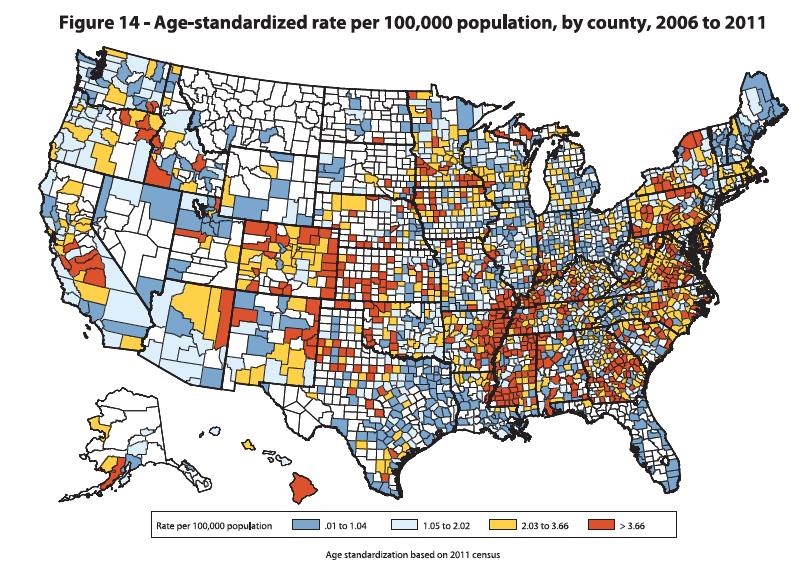Team:Michigan/Covance/
From 2014.igem.org
<! --
This is an announcement, click the Close button on the right and it will not show again until you restart your browser.
Salmonella: Industry and Public Health
University of Michigan iGEM TeamIndustry Collaboration
During our initial planning of the project, we sought input from leaders in industry to better guide our efforts. Before we started our project, we wondered how potentially reducing the cost of antibodies could impact detection methods in industry and what kind of implications it could have on public health. We contacted the Battle Creek, Michigan branch of Covance Incorporated, an established pharmaceutical and biotechnology corporation that provides testing services for the food and environmental industries. In addition, Covance provides custom antibody products for the research community.
Meeting with Christine Gwinn, a microbiology supervisor in the department of nutritional chemistry and food safety, we gleaned valuable information pertaining to our project’s direction. In any application of antibodies for detection, Gwinn stressed the importance of specificity and time. For industrial use, detection methods must be highly specific, as any cross reactions reporting false positives would prove highly costly, especially in the food industry. Furthermore, detection services demand quick turn-around times for results, in order for this data to be delivered to clients on strict timetables.

Through this meeting with Covance, we were able to gauge the practicality of and modify our project to demonstrate the possible applications of our construct. She advised against an aspect of our project that aimed to improve current probiotic supplements with secretable antibodies. For instance, probiotic supplements could have implications in the cattle industry. E. coli is a naturally occurring bacterium in the intestinal microbiome of cattle, and probiotics are used extensively in the industry to promote good health in the cattle. By inoculating currently used probiotics with E. coli capable of secreting antibodies specific to antigens on the surface of Salmonella cells, we could effect agglutination and removal of harmful bacteria. However, Christine advised against this due to the required resources, length of project, and complications with animal testing. We were able to narrow the focus of our project by concentrating on producing overexpressed antibodies that could be secreted and purified easily. By allowing simplified antibody purification, we could make improvements in the time it takes to go from demand to detection. This method seeks to go beyond the bench by allowing others in both academia and industry to obtain complexly folded proteins easily. This collaboration with Covance also guided our Economic Analysis, as we sought to determine the major limitations of antibody production in the biopharmaceutical market.
Public Health Implications
Salmonella, the cause of gastroenteritis, poses potential risks of mild to life threatening infections. In the United States, the Centers for Disease Control and Prevention (CDC) estimates that food-borne Salmonella infections cause 1.2 million illnesses yearly, with more than 23,000 hospitalizations and 450 deaths. The US Department of Agriculture (USDA) estimated that Salmonella cost the nation about $2.65 billion a year [3]. Consequently, detecting and treating pathogenic Salmonella is important to food and health industries [1].


Environmental samples, food products, and organisms are all tested for Salmonella. Current detection methods require culturing samples on selective media for preliminary identification that must later be confirmed using biochemical and serological testing. Biochemical indicators include fermentation of glucose, negative urease reaction, lysine decarboxylase, negative indole test, hydrogen sulfide production, and fermentation of dulcitol. Serotyping examines for flagellar (H) and somatic (O) antigens. Salmonella can also be detected using an ELISA, where the Salmonella antigen is immobilized, bound with specific antibodies, and washed to remove any proteins or other bound antibodies. The result is a visible signal that quantifies the amount of Salmonella antigen present [2]. The cost of the antibodies required in an ELISA can be reduced by using our OsmY purification system.
References:
[1] "Salmonella." Centers for Disease Control and Prevention. Centers for Disease Control and Prevention, 28 Aug. 2014. Web. 17 Oct. 2014.
 "
"
